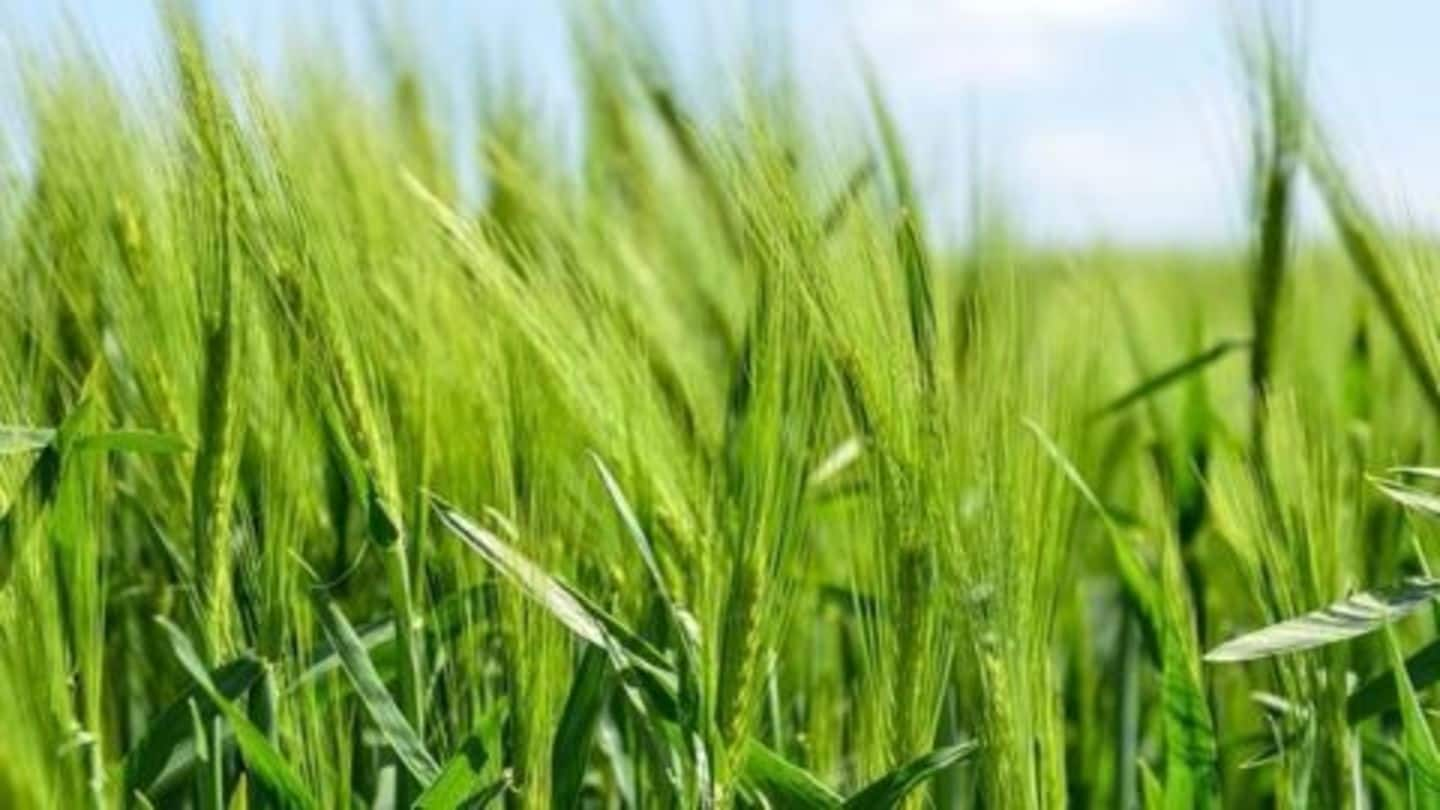
Erratic rains but food grain output up
What's the story
Shortage of water in reservoirs and rainfall playing spoil-sport didn't adversely impact food-grain production. The total produce in food grains is expected to see a marginal increase, according to the 4th advance estimate for the 2015-2016 crop year (June-July). However, there was a drop in the production of pulses, oilseeds and sugarcane due to erratic and deficient rainfall.
Details
Acute dependence on the monsoon
The Monsoons, falling from June-September, impact the sowing of kharif crops like rice, pulses, oilseeds and cotton. When rains are above normal or expected to be, a larger area is allocated to grow kharif crops. The agricultural sector continues to be dependent on the monsoon as ground water has been steadily dipping and irrigation projects have been languishing because of lack of government funds.
Details
Contributing factors
Monsoon dependence is also due to lack of irrigation. According to a 2013 World Bank report, only 35% of agricultural land had access to reliable irrigation. Nearly 2/3 cultivated land still depends on monsoons. To make up for deficient rainfall, Government offers subsidised electricity/diesel for use of water pumps. This has led to an alarming drop in water levels worsening the situation.
How
Monsoon's impact on non-agriculture sectors
India's economy continues to be driven by domestic demand and a good monsoon season ensures a bump in domestic consumption as rural incomes rise. The farm sector's contribution to GDP continues to drop year on year but it still employs half of India's population. Stable farm production keeps inflation in check which, in turn, ensures favourable interest rates for industrial growth.
Meaures Taken
Mitigating monsoon dependency
In this year's budget, significantly increasing the area of coverage under irrigation was a major focus. The Central Government committed to make massive investments over the next five years. Irrigation projects underway aim to bring in 8 million hectares of agricultural land under irrigation. There are 89 major irrigation projects and 23 are expected to be completed by March 2017.
Do you know?
Contribution to GDP
Contribution of agricultural and allied sectors towards the Gross Domestic Product has dropped from 51.9% in 1950-51 to about 14% in recent years.